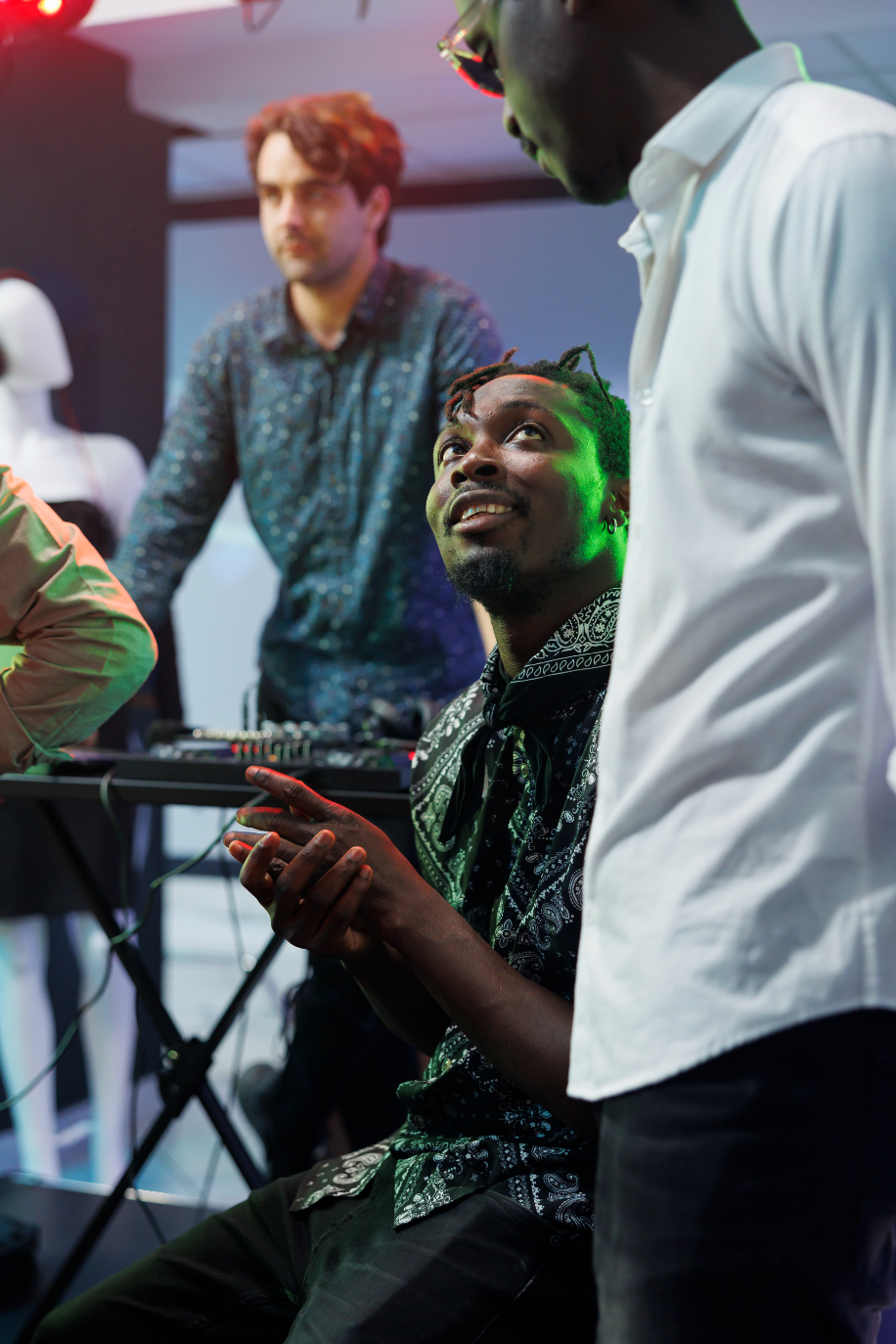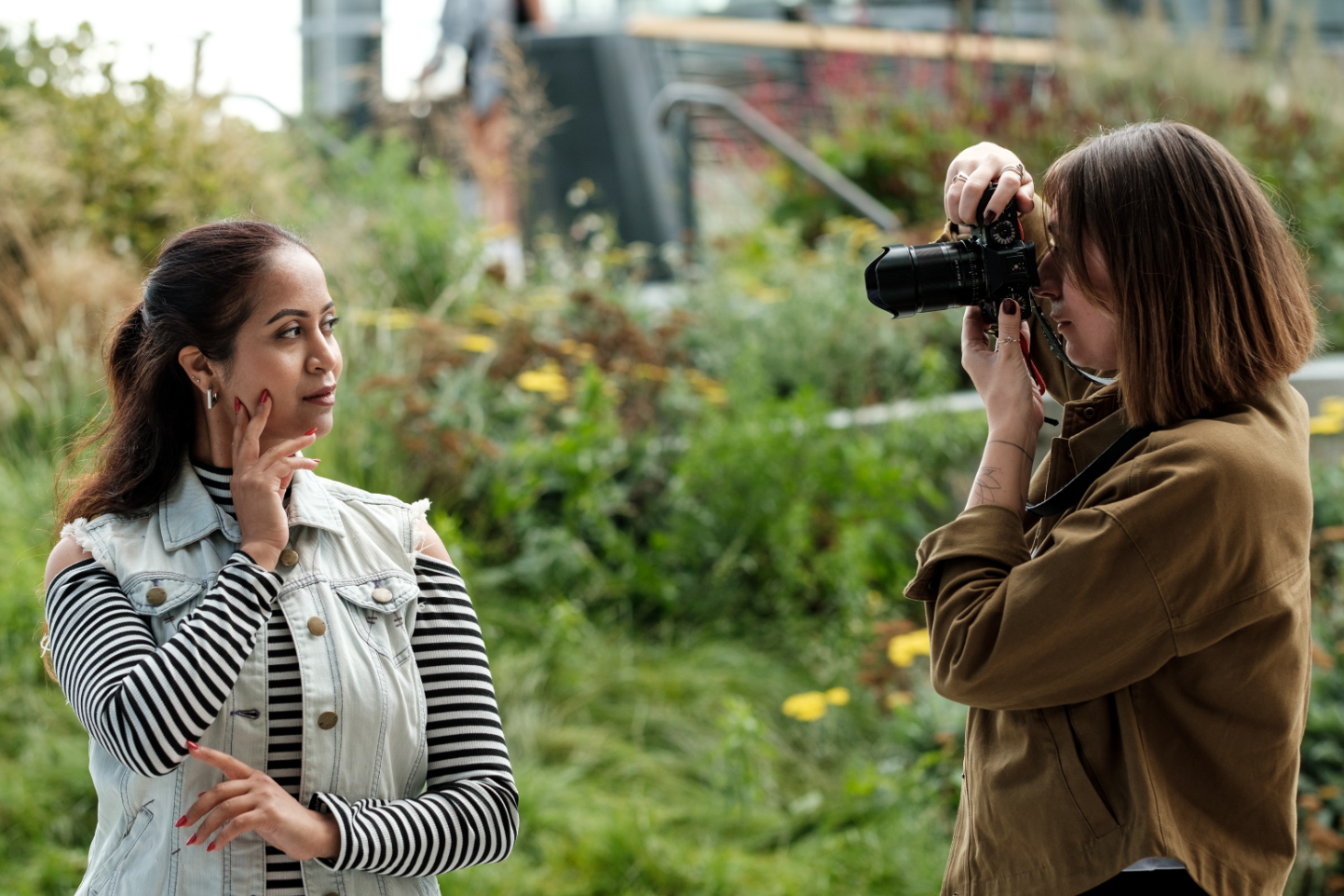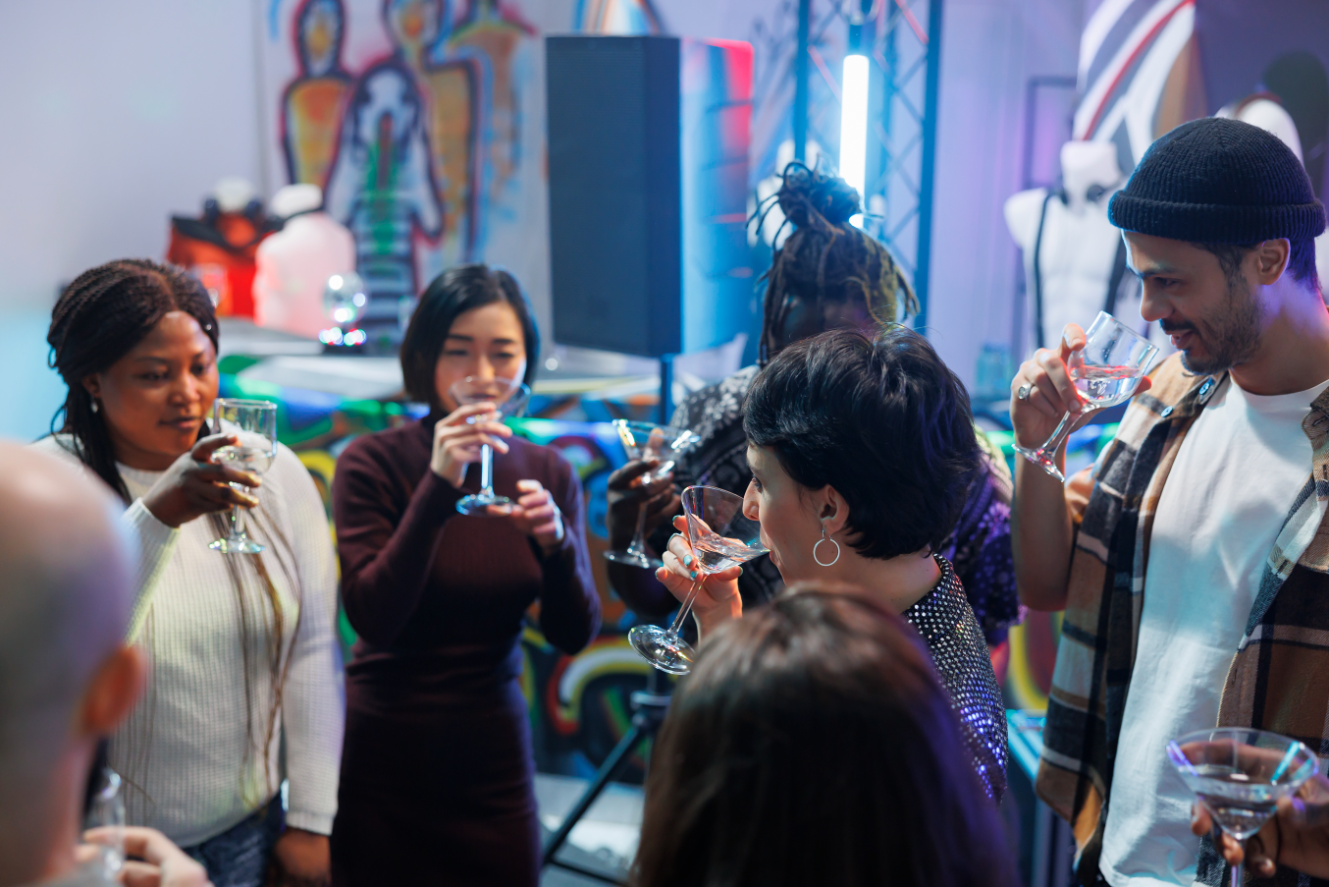How 3D Animation & VFX Drive Modern Film Design Impact

Step into any modern cinema, and you're not just watching a story unfold – you're experiencing a meticulously crafted visual symphony. From sprawling fantastical landscapes to hyper-realistic digital characters that emote with startling precision, the magic on screen today owes an immense debt to the relentless innovation in 3D animation and Visual Effects (VFX). No longer mere enhancements, these technologies have evolved into fundamental pillars of modern film design, shaping narratives, defining aesthetics, and pushing the boundaries of what’s visually possible.
Once considered a niche for sci-fi extravaganzas, 3D animation and VFX have become ubiquitous, seamlessly integrated into every genre. They don't just add spectacle; they enable entirely new forms of visual storytelling, allowing filmmakers to translate the wildest imaginations into tangible, believable experiences. Let's delve into how these powerful tools are not just driving, but fundamentally redesigning the impact of modern cinema.
World-Building and Immersive Environments
Perhaps the most immediate and awe-inspiring impact of 3D animation and VFX is their capacity to construct entire worlds. Filmmakers are no longer confined by the limitations of physical sets, real-world locations, or even the laws of physics. They can design and render breathtaking alien planets like Pandora in Avatar, resurrect ancient cities like Rome in Gladiator, or create intricate magical realms as seen in the Lord of the Rings saga, all with a level of detail and consistency that was previously unimaginable.
This goes far beyond simple background replacement. VFX teams meticulously craft every element, from the way light refracts through a digital forest canopy to the subtle atmospheric effects of a smog-choked dystopian cityscape. The goal is complete immersion, pulling the audience into a universe that feels authentic, no matter how fantastical. This design philosophy demands a deep understanding of architecture, ecology, and even physics, ensuring that the digital environments serve the story and resonate emotionally with viewers.
Beyond the Green Screen
Modern world-building often begins long before the cameras roll. Concept artists, working hand-in-hand with 3D modelers and texture artists, lay the groundwork for these environments. Practical tip for aspiring filmmakers: Don't just think of green screen as a shortcut. Instead, conceptualize your impossible world with sketches and basic 3D mock-ups, focusing on what specific architectural styles, lighting, or natural elements would convey your story's themes. This detailed pre-visualization ensures that when the time comes for the VFX artists to build, they have a robust blueprint for an integrated, believable world.
Character Realism and Emotional Depth
The evolution of 3D animation has transformed digital characters from stiff, uncanny valley inhabitants into compelling, emotionally resonant performers. Think of Gollum in The Lord of the Rings, Caesar in the Planet of the Apes series, or even the incredibly expressive heroes and heroines in animated features from Pixar and Disney. These aren't just technical marvels; they are characters that audiences connect with, experiencing their triumphs and tragedies as if they were real.
Achieving this level of realism involves a complex interplay of technologies: advanced motion capture records the nuances of human performance, sophisticated rigging and skinning systems replicate musculature and skin deformation, and intricate shaders simulate how light interacts with digital flesh, hair, and clothing. Facial animation, in particular, has seen massive strides, allowing for the subtle micro-expressions that convey true emotion, bridging the gap between digital and human performance.
The Art of Digital Performance
Bringing a digital character to life is as much an art as it is a science. Animators spend countless hours studying human and animal movement, psychology, and subtle expressions. Practical advice: When designing a CG character, consider not just their visual appearance, but their personality and inner life. How would this influence their posture, their walk, their gestures? Collaborating with actors and understanding performance principles is crucial for animators to inject genuine pathos and believable action into their digital creations, avoiding the "dead eyes" or stiff movements that break immersion.
Storytelling Innovation and Creative Freedom
Beyond building worlds and characters, 3D animation and VFX grant filmmakers unparalleled creative freedom, enabling new forms of storytelling and visual language. Iconic sequences like the "bullet-time" effect in The Matrix, impossible camera movements that seamlessly weave through complex environments, or hyper-stylized sequences that defy reality are all made possible by these technologies. They allow directors to visualize narratives in ways that were previously confined to the pages of a script.
VFX can be used to enhance subtle plot points, symbolize complex themes, or create entirely unique visual metaphors. A character's internal struggle might be externalized through fantastical effects, or a flashback could be rendered with a dreamlike quality that transcends conventional photography. This isn't about spectacle for spectacle's sake; it's about expanding the director's palette, offering new tools to communicate ideas and emotions more powerfully to the audience.
Pushing Narrative Boundaries
For storytellers, 3D and VFX offer an infinite canvas. Practical tip: Don't limit your imagination to what you think is achievable with practical effects. Instead, think about the most impactful way to tell your story, visually. Does a character need to fly to truly convey their liberation? Does a city need to crumble in a specific way to symbolize societal collapse? VFX can make these narrative beats sing. Even for smaller, independent projects, judicious use of simple 3D elements or compositing can elevate your narrative, creating a unique visual identity and enriching your storytelling without necessarily breaking the bank.
Pre-visualization and Production Efficiency
The impact of 3D animation extends far beyond the final rendered frame, deeply influencing the entire film production pipeline through tools like pre-visualization (pre-vis) and tech-visualization (tech-vis). Before a single frame is shot, complex action sequences, intricate camera movements, or scenes involving extensive VFX can be fully animated in a 3D environment. This allows filmmakers to experiment with different angles, timings, and blocking, essentially "filming" the movie in a virtual space long before actual production begins.
This process is invaluable for identifying potential problems, refining creative choices, and streamlining production. It saves immense amounts of time and money by avoiding costly reshoots or on-set delays. Directors, cinematographers, and VFX supervisors can collaboratively plan every detail, from the precise placement of a digital asset to the exact choreography of a stunt sequence, ensuring that the final vision is meticulously planned and executed.
Designing Before You Shoot
Pre-vis isn't just for blockbusters. Practical advice for filmmakers on any scale: Embrace basic 3D modeling and animation software for scene planning. Even simple stick figures in a rough 3D environment can help you visualize camera angles, character blocking, and lighting setups. This iterative design process allows you to iron out creative and logistical challenges early on, optimizing your use of resources on set and ensuring that your production is as efficient and well-designed as possible. Tools like Blender or even simple 3D sketching apps can be powerful allies in your pre-production phase.
Conclusion
3D animation and VFX are no longer supplementary "effects" but rather integral design principles that permeate every facet of modern filmmaking. They empower directors to craft impossible worlds, breathe life into digital characters, innovate storytelling, and streamline the entire production process. As technology continues to advance, we can only anticipate even more breathtaking and immersive cinematic experiences, where the lines between reality and imagination blur into a seamless, captivating narrative.
For filmmakers and studios looking to harness the incredible power of these technologies and bring their visions to life with unparalleled precision and artistry, exploring the possibilities with experienced professionals is key. To discuss how cutting-edge 3D animation and VFX can elevate your next project, reach out to us at FilmBaker and let's create something extraordinary together: https://www.filmbaker.com/get-in-touch.

